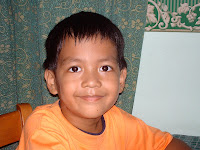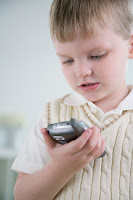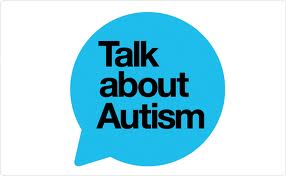
Drugs Are Not the Answer for ADHD
by
Dr Joseph MercolaThe number of children being harmed, perhaps for life, by unnecessary drugging is truly heartbreaking. Especially when there are so many simple, safe, and healthy options. Many are reluctant to adopt unproven alternatives, but the great news is that scientific proof supports these non-drug, non-invasive alternatives.
Even if Ritalin, the primary drug used for ADHD, were proven effective, would you really want to give your child a drug that is very similar to cocaine?
More Scientific Proof Food is the Answer – Not Drugs
For example, research by the University of Adelaide in Australia confirmed that fish oil improves the symptoms of attention deficit hyperactivity disorder (ADHD) without any of the side effects of drugs like Ritalin and Concerta -- and more effectively at that!
They gave 130 children, between the ages of 7 and 12 with ADHD, daily fish oil capsules. The children’s behavior improved dramatically within three months. They also found that:
* After seven months, the children were not as restless and showed improvements at school
* Improvements in concentration and attention improved by one-third
* After 15 weeks, 30-40 percent of the children taking fish oil had improvements
* After 30 weeks, 40-50 percent improved
* Children taking placebo capsules were later switched to fish oil and subsequently also experienced improved behavior
Improvements were still being seen after the study ended, which suggests that fish oils may have long-term effects.
What’s the Real Price of ADHD Drugs?
ADHD drugs are known to carry serious side effects, including:
* Permanent brain damage
* Changes in personality, depression, and/or hallucinations
* Cardio toxicity, and liver damage
* Heart attack and stroke
* Cancer
* Sudden death, and suicide
So, why – if these alternatives work – treat millions of children with drugs that are more powerful stimulants than cocaine?
Money! Huge Profits!
And, as you may already have noticed, more and more adults are now “diagnosed” with ADD/ADHD. And why not? As Matthew Emmens, chief executive of Shire Pharmaceuticals (a British manufacturer of Adderall) stated in a 2005 article, "The adult market is three times the size of the 1.14 billion-a-year children's market and is ripe and moving in the right direction." This should be a telling statement for anyone under the illusion that these drugs are created for the betterment of society.
But can it really be said that a community of drugged adolescents and adults is a good thing? Using brain imaging, scientists have found that, in pill form, Ritalin occupies more of the neural transporters responsible for the 'high' experienced by addicts than smoked or injected cocaine… We’re essentially creating a generation of legalized drug users.
Strattera, the only ADHD drug approved for use in adults, was found to cause serious liver damage. In 2005, Eli Lilly agreed to put a “black box” warning label on the drug, listing the following signs and symptoms that might indicate potential liver problems:
* Pruritus (Itchy skin)
* Jaundice
* Dark urine
* Upper right-sided abdominal tenderness
* Unexplained "flu-like" symptoms
Does Anyone Know What Causes ADHD?
Most would answer no, we don’t. However, we do know the food choices of most children are beyond poor. How could you possibly expect a child to have normal behavior if he is fed refined grains, sugars, processed foods loaded with chemicals, and juices and sodas instead of pure water? Add to that 90 percent fewer vegetables than what is required for health, along with an overabundance of omega-6 fats and a virtual lack of omega-3 fats.
If you are a cook you will immediately recognize that this is a recipe for disaster. You simply cannot have a healthy functioning brain in a child that is not given the proper ingredients to develop optimal brain function.
This is not rocket science, folks. But it is easy to understand why there is so much confusion regarding this issue when the drug companies spend BILLIONS of dollars to confuse you with direct-to-consumer ads on TV, in addition to brainwashing physicians to stick to the belief system that drugs, not foods, are the answer for children with behavior problems.
Five Powerful Tools to Virtually Eliminate ADHD!
* Eliminate most grains and sugars from your/your child’s diet
* Replace soft drinks, fruit juices and pasteurized milk with clean water
* Increase omega-3 fats by taking an effective form of omega-3 oil like krill oil or fish oil
* Minimize your use of nearly all vegetable oils -- they are loaded with omega-6 fats, which distort the powerful omega-6:3 ratio
* Avoid all processed foods, especially those containing artificial colors, flavors and preservatives
Additional helpful techniques:
* Spend more time in nature
* Sensory therapy and energy psychology tools, such as the Emotional Freedom Technique (for an ADHD example see this link.)
For further details about this article please visit:
Dr. Joseph MercolaAuthor of Take Control Of Your Health©Copyright 2007 Dr. Joseph Mercola. All Rights Reserved. This content may be copied in full, with copyright, contact, creation and information intact, without specific permission, when used only in a not-for-profit format. If any other use is desired, permission in writing from Dr. Mercola is required.

.jpg)
.jpg)









.jpg)













.jpg)









































